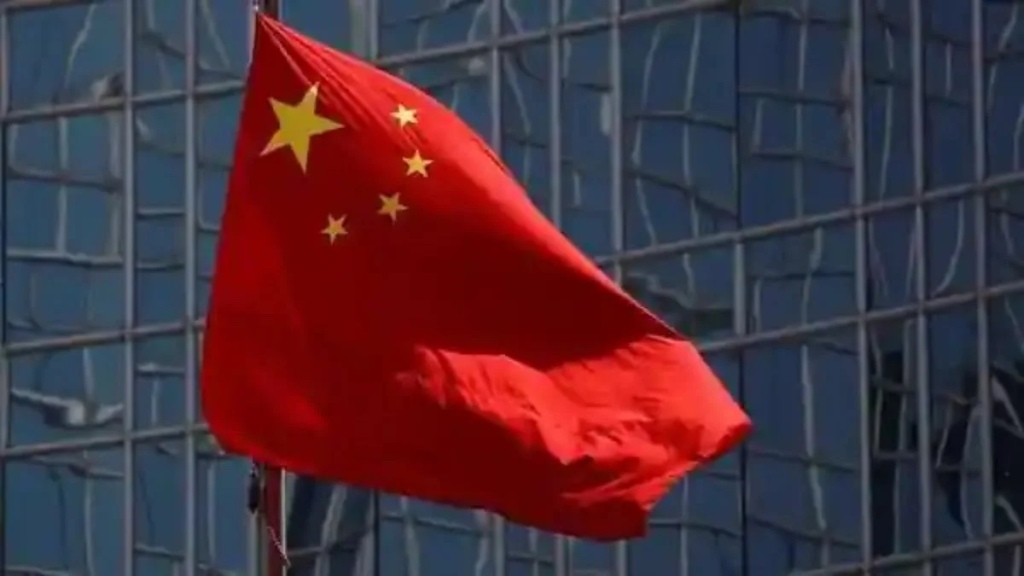
Xi building 2 nuclear reactors: Nuke-weapons China’s main aim?
The two reactors being built on Changbiao are nuclear breeder reactors with a closed fuel cycle. They generate plutonium. This plutonium could be reprocessed and used as fuel in other nuclear reactors. It could also be used to produce a large number of nuclear warheads in a short period of time
China
The island of Changbiao, in China, has recently gained recognition for being home to China’s first two CFR-600 sodium-cooled fast-neutron nuclear reactors, jutting out from the shoreline of Fujian province. The first of the two reactors, which is currently under construction, is expected to connect to the grid in 2023, with the second around 2026. They will work together to generate non-fossil-fuel-based renewable energy, which could lead China closer to its 2060 carbon-neutral goal.
The two reactors being built on Changbiao are nuclear breeder reactors with a closed fuel cycle. They generate plutonium. This plutonium could be reprocessed and used as fuel in other nuclear reactors. It could also be used to produce a large number of nuclear warheads in a short period of time. Outside of the Chinese officials and companies overseeing the projects, no one knows whether the intended use is solely for civilian energy or if it also serves a dual purpose for the country’s perceived nuclear deterrent needs.
This question became even more pressing this week after a US official accused Beijing of refusing to participate in bilateral talks with Washington on nuclear risk reduction. According to Navy Admiral Charles Richard who is the commander of the United States Strategic Command,’ With a fast breeder reactor, now China has a very large source of weapons-grade plutonium available that will change the upper bounds of what China could choose to do if they wanted to, in terms of further expanding its nuclear capabilities.
The reason for the secrecy surrounding these breeder reactors is that China, which had previously been transparent about its civilian plutonium programme, ceased annual voluntary declarations to the International Atomic Energy Agency [IAEA] on its civilian plutonium stocks in 2017 and has yet to add the reactors to the agency’s database.
According to the findings by several non-proliferation experts, China could “conservatively produce 1,270 nuclear weapons by 2030 simply by exploiting the weapons-grade plutonium produced by this program,” or even increase that by a factor of two or more if China used highly enriched uranium or composite uranium-plutonium cores from the reactors in bombs and missiles. This would add a significant increase in the number of estimated nuclear warheads in China’s arsenal, which is currently estimated to be between 300 and 350.
China’s step to secure more nuclear arsenal for itself, while the world fights a pandemic shows the megalomania of a country that has time and again shown blithe unconcern for the world’s wellbeing. The two nuclear reactors are shrouded in mystery and China has demurred from giving an official statement. Ongoing debates about the origin of the coronavirus and the ambiguity in China’s response to it have posed serious questions at Xi Jinping. After Biden’s call of more solidarity among the Quad nations, China’s chicanery is sure to be questioned.
No comments:
Post a Comment